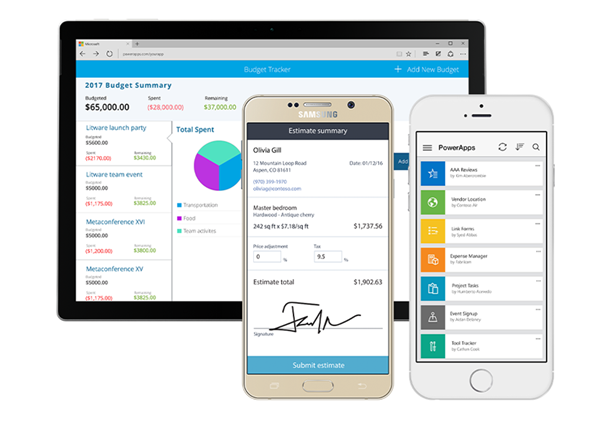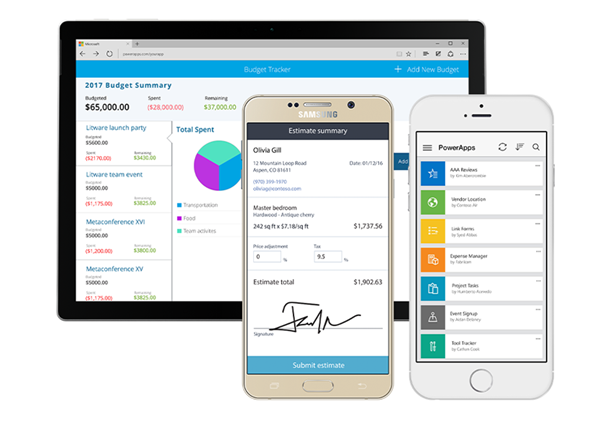
In today's fast-paced business landscape, staying ahead of the competition requires efficient and effective solutions. According to Microsoft’s Work Trend Index, nearly 70% of employee report that they don’t have sufficient time in the day to focus on “work”, with more time being spent Communicating than Creating.
Microsoft 365 Copilot is designed, with Microsoft’s cloud trust platform at its core, to allow for employees to both be more productive, reduce the time spent searching for information, performing mundane tasks, and other low-value activities.
Lately, Microsoft has been making a lot of hay about the Power Platform, which consists of Power Apps, Power Automate, and PowerBI. Understanding the purpose of Power Apps and the possibilities of code-free development will help you determine if your project is a candidate for Power Apps.  Let’s start with what Power Apps is, and its purpose.
Let’s start with what Power Apps is, and its purpose.
Microsoft Power Apps is a set of services and apps that enable you to build applications quickly with the skill sets you already have, and then share them across the organization. Sometimes this is referred to as “code-free” or “code-less” programming. The applications you build can allow users to enter data via any mobile or PC device that will then be input into your system of record. Many times, the system of record is SharePoint, but it can be virtually any backend database system.
PowerApps addresses two major business considerations.
1. Need vs. Expense
There is a need for a customizable software solution, but the business case does not justify the expense of creating a customized piece of software. In this scenario, we often hear that “off- the-shelf”/ “boxed” solutions provide a considerable amount of functionality but a percentage of critical business needs go unmet. This forces businesses to “live with” inefficient processes and “workarounds” that ultimately lead to poor user acceptance, lost data, and additional expense to “clean up the mess” later.
Using Power Apps Studio, teams can develop Power Apps quickly and “code-free.” These apps can provide all the business requirements needed to perform the tasks efficiently and securely, without the expense of custom application development.
2. Lack of qualified developers
In many businesses, finding a developer with the necessary skills to accomplish the task is hard enough. Finding a qualified developer with available time to dedicate to your project can be near impossible. The struggle is real. Gartner reported, “... the market demand for mobile app development services will grow at least five times faster than internal IT organization’ capacity to deliver them.” In layman’s terms, there aren’t enough skilled developers to keep up with demand for business apps.
Microsoft has delivered Power Apps to:
- Bridge the gap between the needs of the business versus the cost of app development.
- Streamline the deployment of apps.
- Put quality application development services within the reach of most business organizations.
As an added bonus, Microsoft has included PowerA pps in select Office365 and Dynamics365 bundles, meaning, you may already own the software you need to make you more productive. If you are unsure about whether or not you have Power Apps already, contact KiZAN.
Learn the total economic impact of Power Platform automation in the latest Forrester Report





